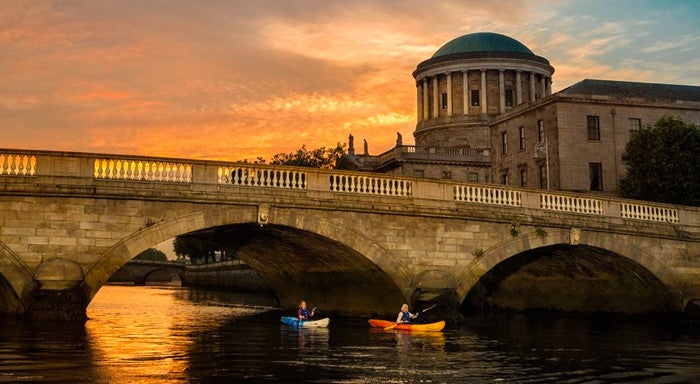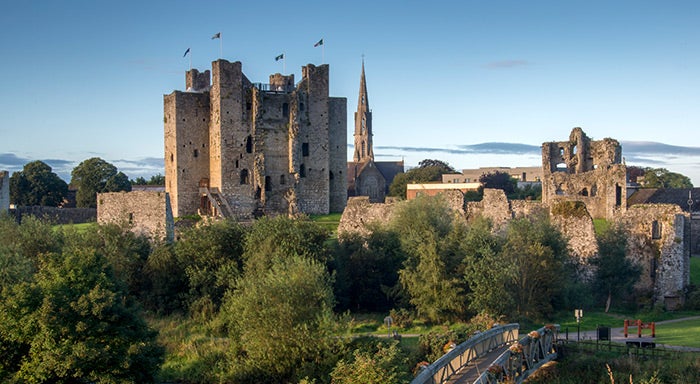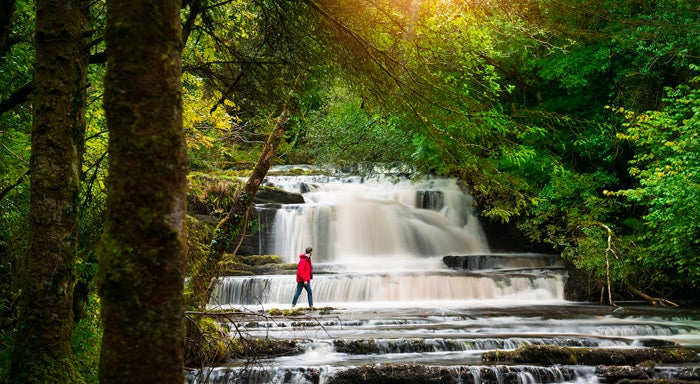Things to do along the Wild Atlantic Way
Relax on a gorgeous beach walk, grab a bite in one of the great cafés or say hello to friendly dolphins while kayaking in the Atlantic Ocean.
From the beautiful strands of West Cork to the dramatic scenery of Connemara, K...














